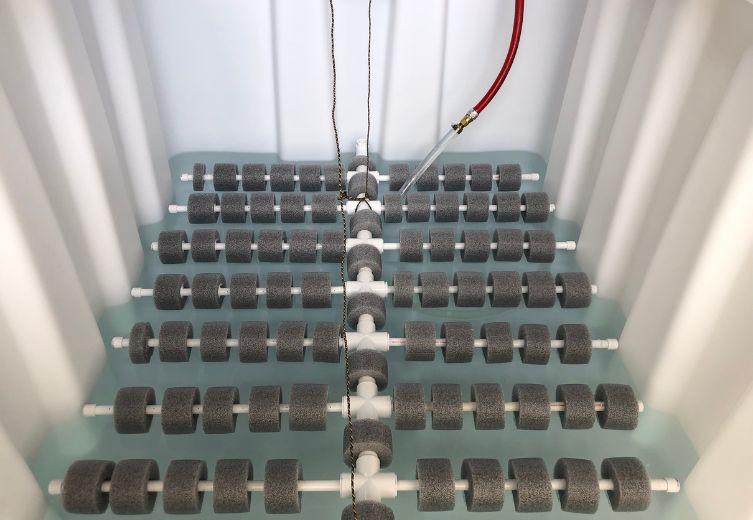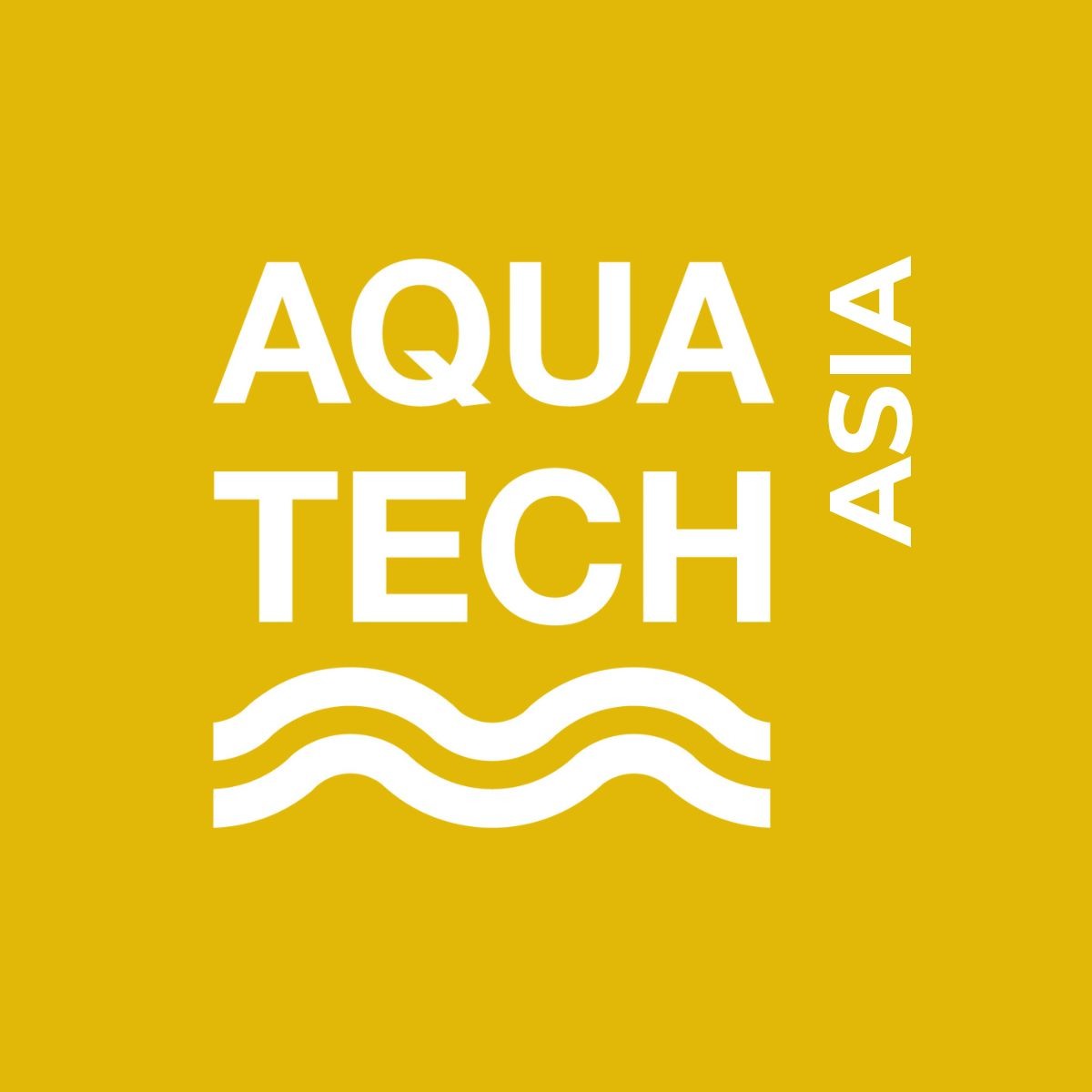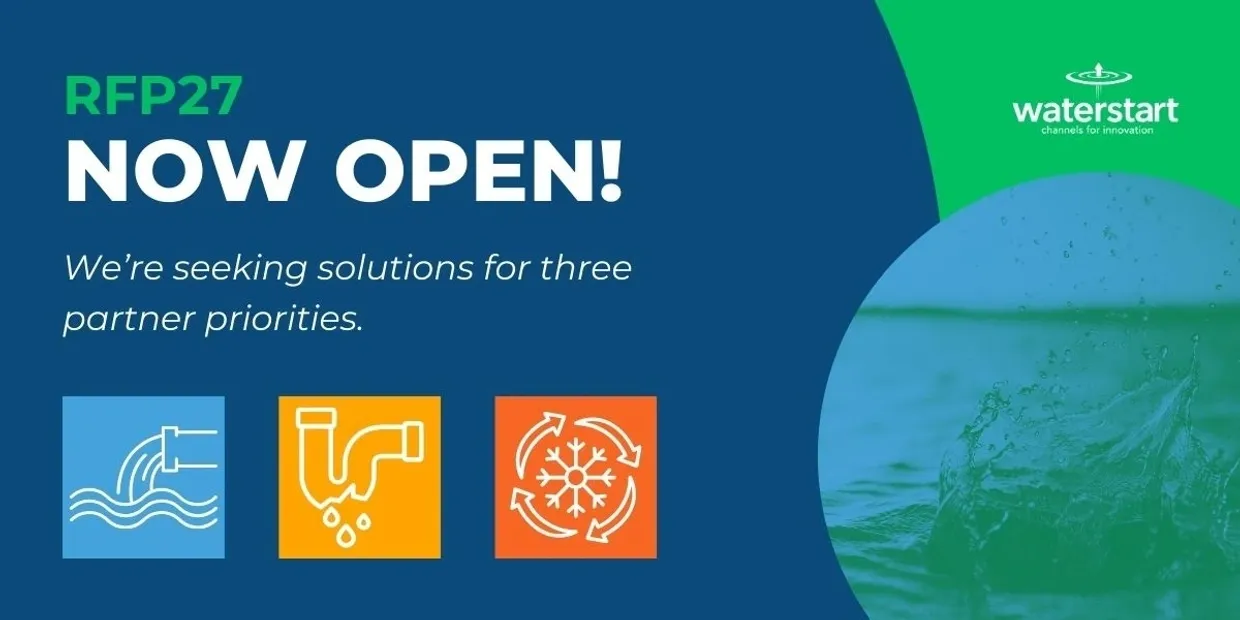Hydrogen sulfide (H2S) is a common and hazardous byproduct found in industrial wastewater tanks. Known for its foul odor and potential health risks, managing this gas effectively has long been a challenge in industries such as oil & gas, recycling, and food processing.
Traditional methods for controlling H2S levels have relied on chemical treatments or physical solutions that are often costly, energy-intensive, and only partially effective. These approaches have left industries grappling with both economic burdens and ongoing health risks, including respiratory problems and even risks of explosions due to the highly flammable nature of the gas.
The Role of New Technologies in H2S Management
In response to these challenges, technologies like SulfideFix are emerging to provide more sustainable and effective solutions. Developed by Aquacycl, SulfideFix utilizes natural sulfate-reducing bacteria to neutralize up to 99% of hydrogen sulfide emissions. This biological approach not only mitigates the direct health risks associated with H2S but also aligns with broader environmental sustainability goals by avoiding the use of harsh chemicals and reducing energy consumption.
How SulfideFix Works
SulfideFix is designed to be versatile, capable of being installed in new systems or retrofitted into existing tanks, irrespective of their size or shape. It operates by capturing H2S at the liquid-air interface within wastewater tanks, transforming it into harmless biosulfur granules. These granules are then periodically removed, providing a continuous and maintenance-free solution to H2S management.
Implications for Industry and Policy
The introduction of such technologies is not only revolutionizing how industries manage H2S but also has implications for environmental policies and workplace safety standards. By offering a more effective and economically viable solution, SulfideFix sets a new benchmark for responsible management of industrial waste and exemplifies the potential of innovative approaches to enhance workplace safety and environmental stewardship.
Conclusion
As industries continue to seek solutions that balance efficiency, safety, and environmental impact, the development of technologies like SulfideFix highlights the growing trend towards integrating more environmentally friendly practices in industrial operations. This shift is critical not only for meeting regulatory requirements but also for ensuring the long-term sustainability of environmental resources.
Source: Aquacycl




